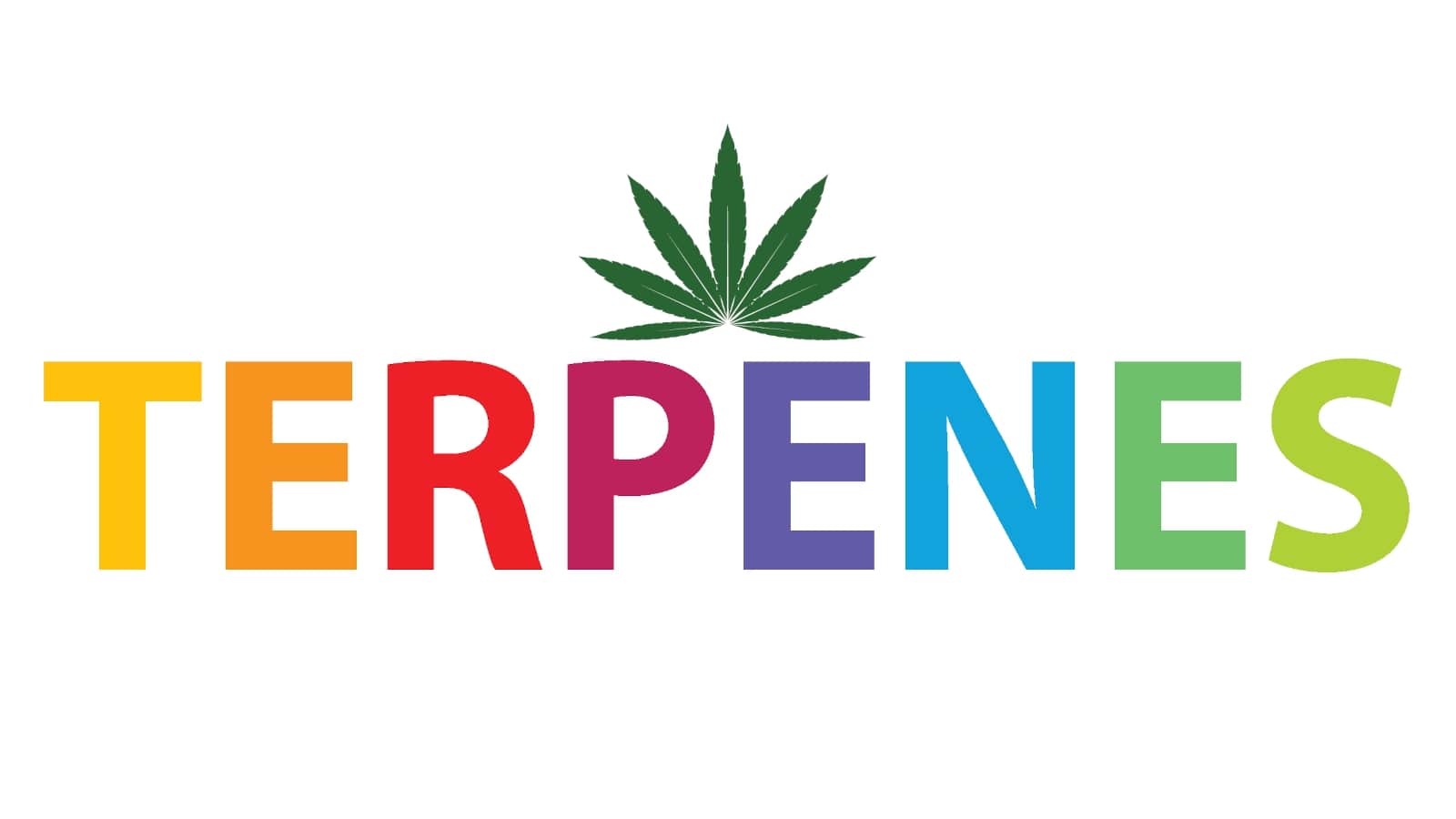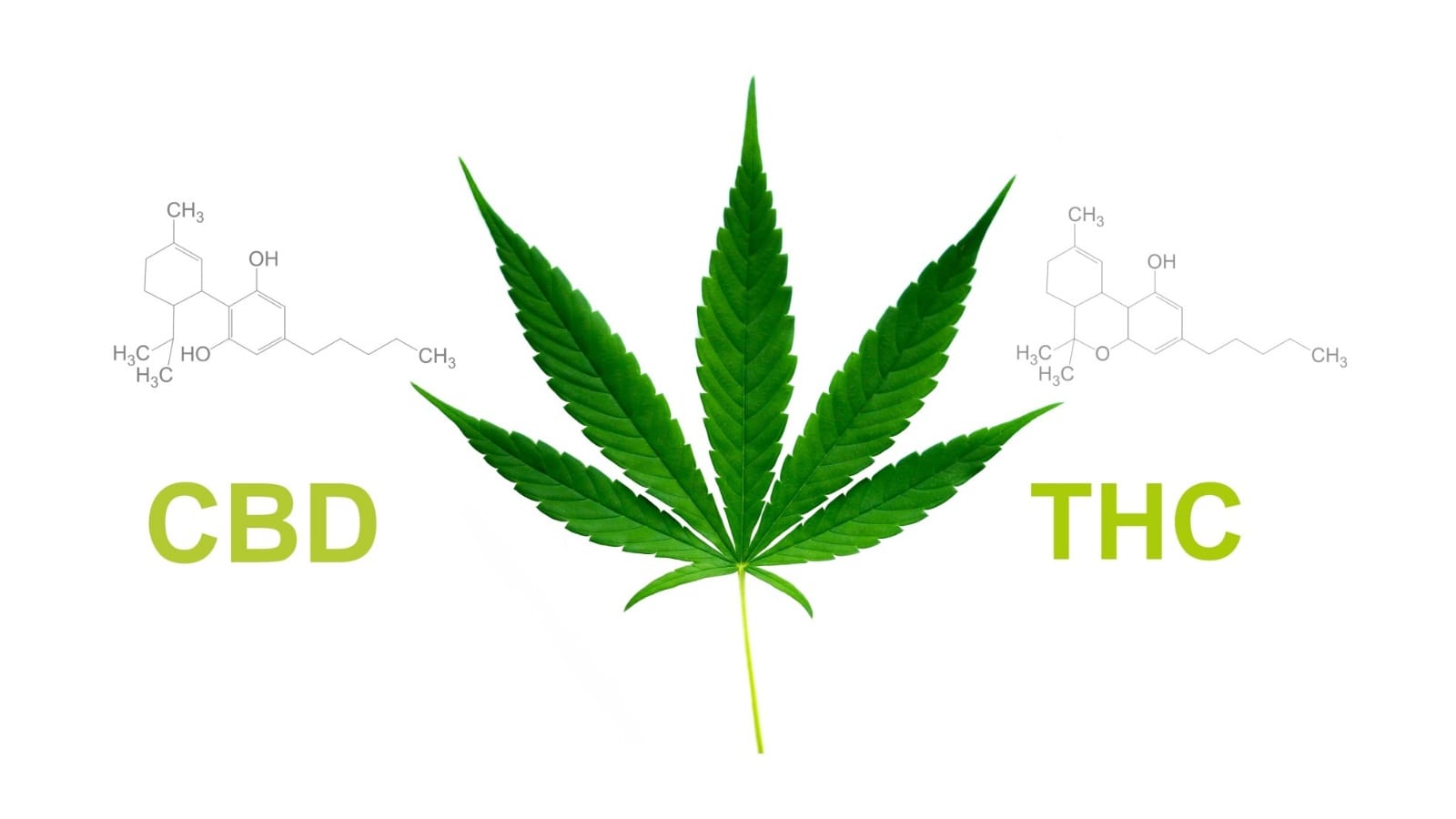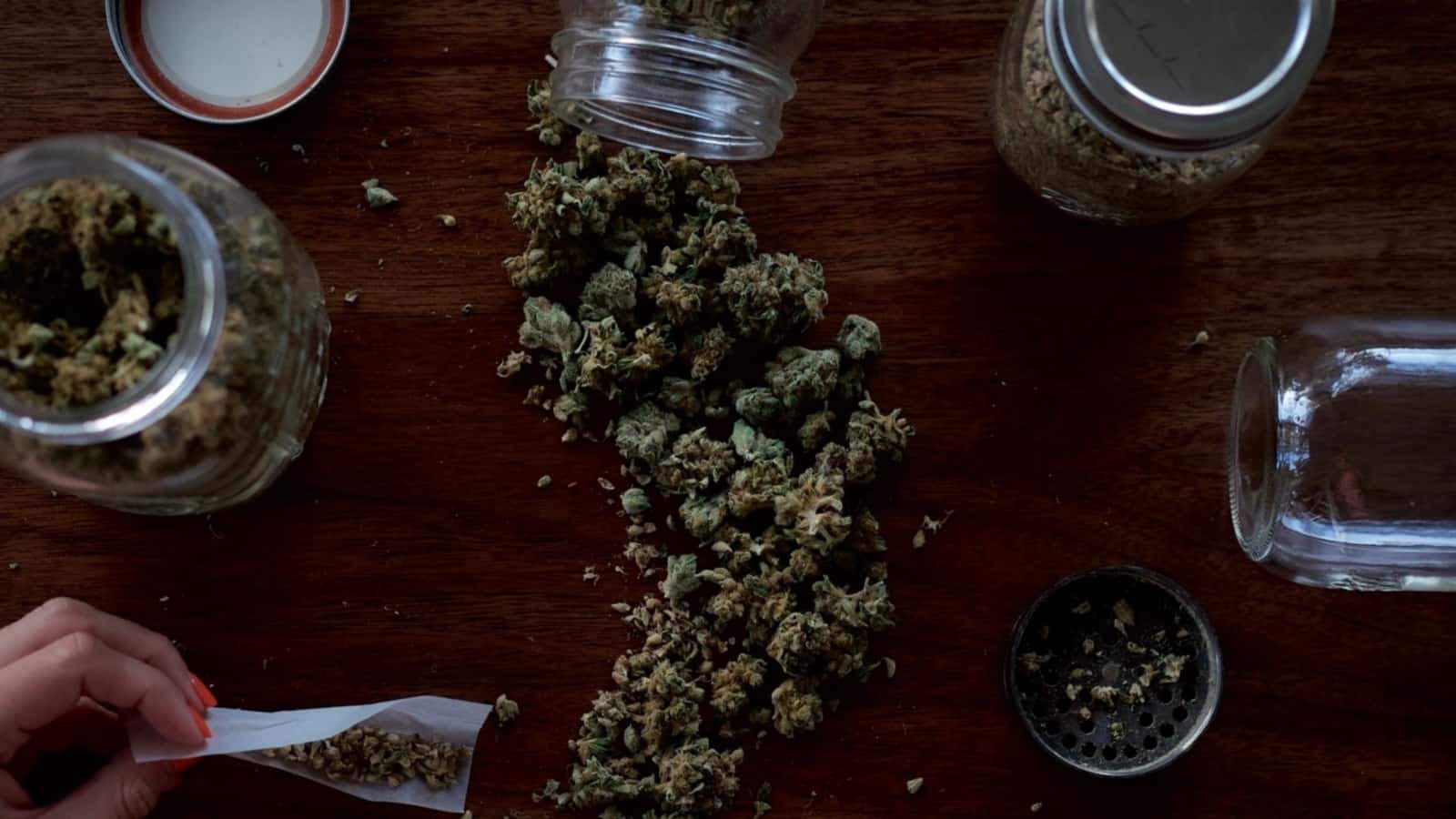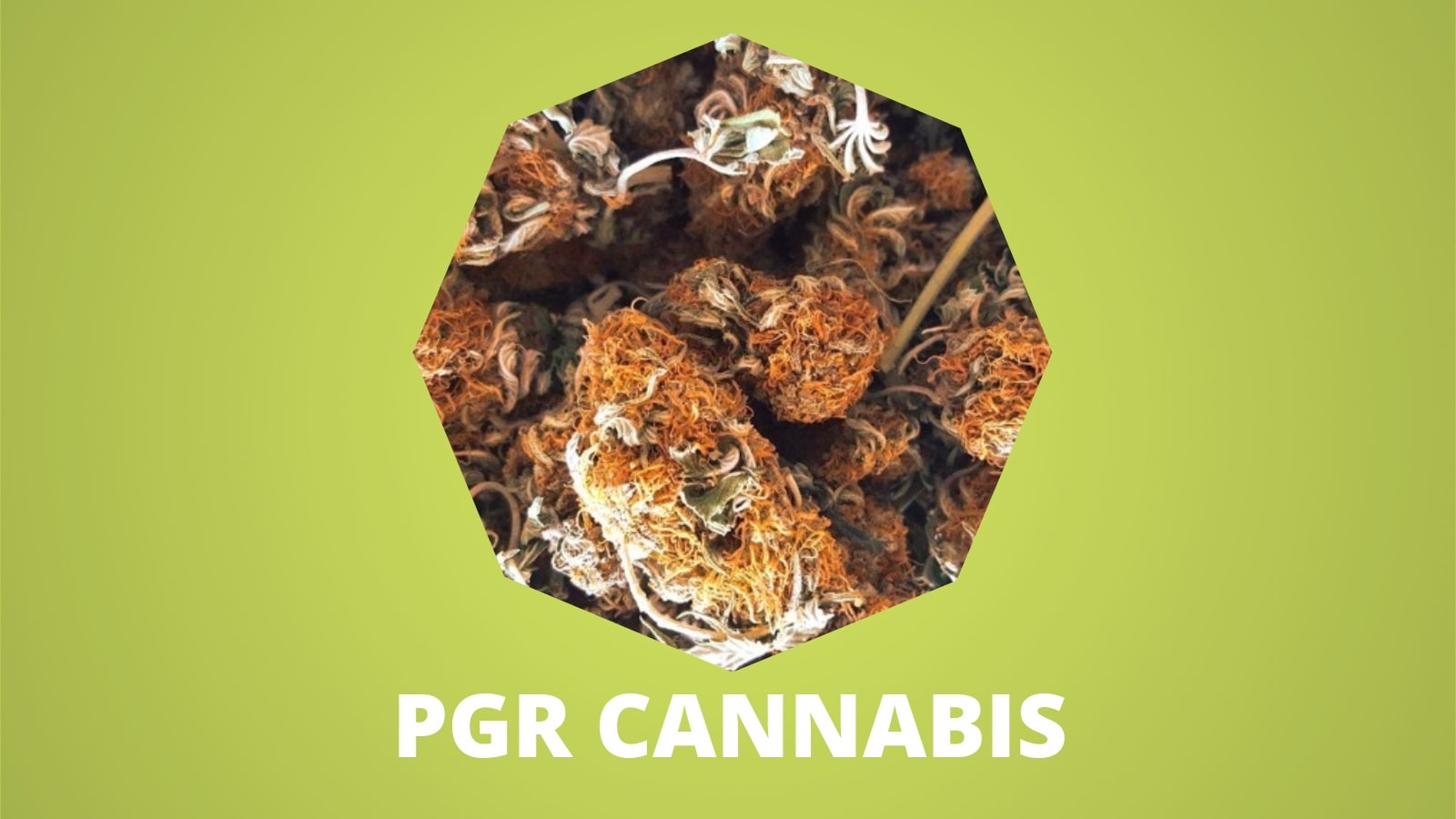
What is PGR? A Report On PGRs In Cannabis
- How To Tell If Your Bud Is Laced With PGR
- Are PGRs Harmful & Dangerous?
- Do PGRs Get You More High?
- PGR Weed VS Natural Marijuana
- The Five Groups Of PGRs
- The Research, Science & Evidence
Plant Growth Regulators (PGR) and their use in growing cannabis in Australia is a hot topic. They are the reason the weed you by is rock solid and a bit off-colour. But why is PGR is bad for marijuana cultivation and harmful to smoke or vape?
This is our guide covering all things Plant Growth Regulating (PGR) with Cannabis in Australia!
Table of Contents.
A quick summary.
PGRs are a synthetic form of natural Plant Growth Hormones that induces growth of shoots and roots, extends the life of the plant, speeds up germination, and triggers flowering.
In theory, they are a great idea to efficiently grow marijuana, but in reality, the buds are toxic and harmful to smoke.
They have legitimate uses with hedges and grass as it accelerates the growth of plants, but have too many negative effects when consumed.
Australia’s drug market is flooded with rock-hard PGR weed that have low THC content and high chemical content. It’s not uncommon for smokers to prefer PGR weed as they get a chemical high from it.
Growing with cannabis with PGR allows you to germinate faster, stimulating the growth and triggering the flowering. The result is a faster-growing cannabis plant that produces heavier bud that is low in THC and laced with chemicals.
We strongly recommend against PGR as it might not be as harmful in the short-term, but in the long-term, it can cause infertility, chest and breathing pains, cancer, and more.
How To Tell If Your Bud Is Laced With PGR

There are more ways than one to tell if you have PGR weed. We will cover a few of the main telltale signs of PGR laced marijuana, and also provide images to compare.
The obvious signs of PGR weed are:
- Rock hard dense bud
- Red hairs
- Little to no crystals
- Weak smell
- Harsh chemical taste
- Fast acting chemical high that can cause a headache and a lethargic high
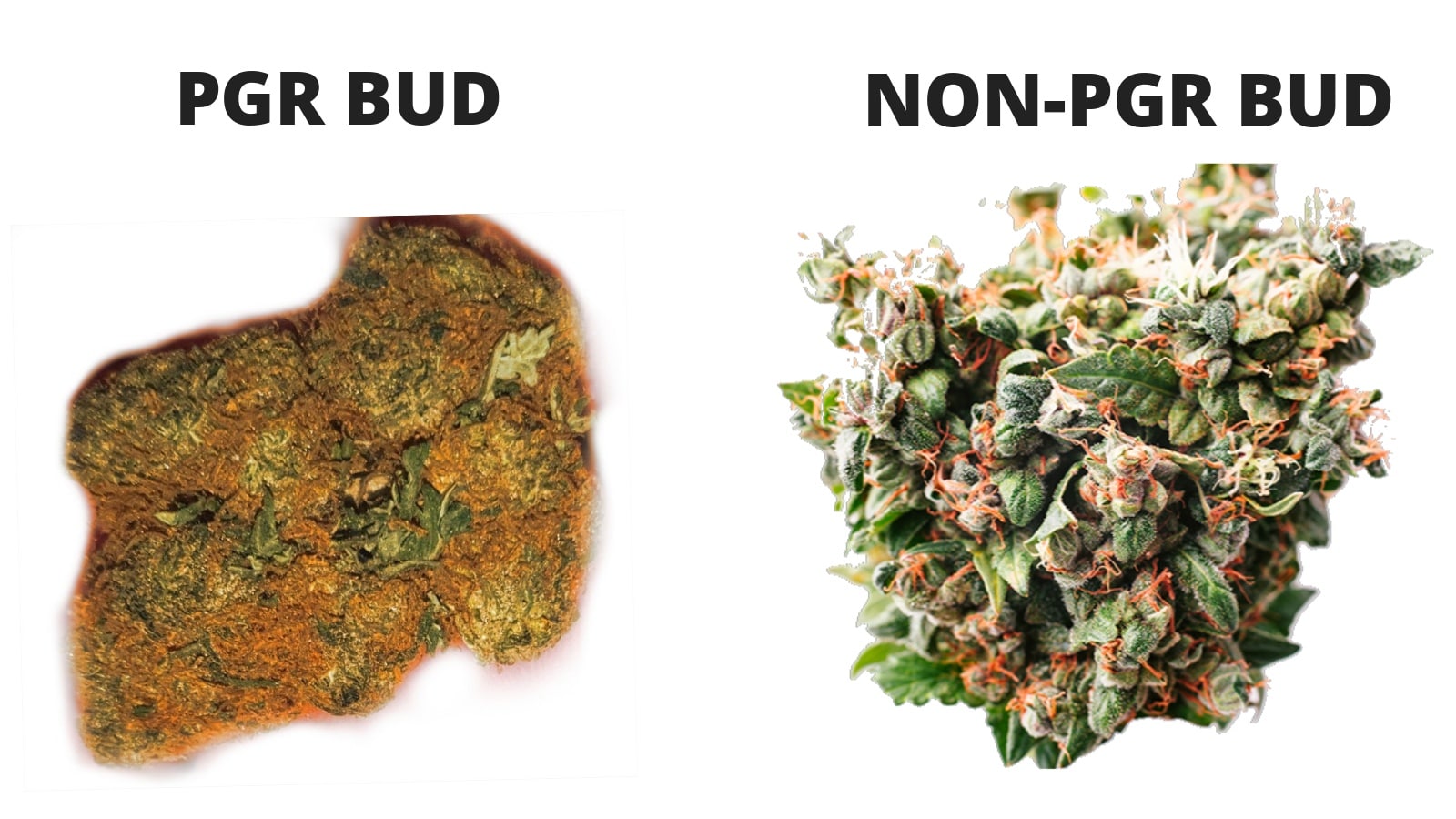
These signs of PGR weed vary, but the most obvious visual is its density. The PGR grown cannabis plants produce dense weed that’s heavier and more profitable when selling by weight.
Are PGRs Harmful & Dangerous?
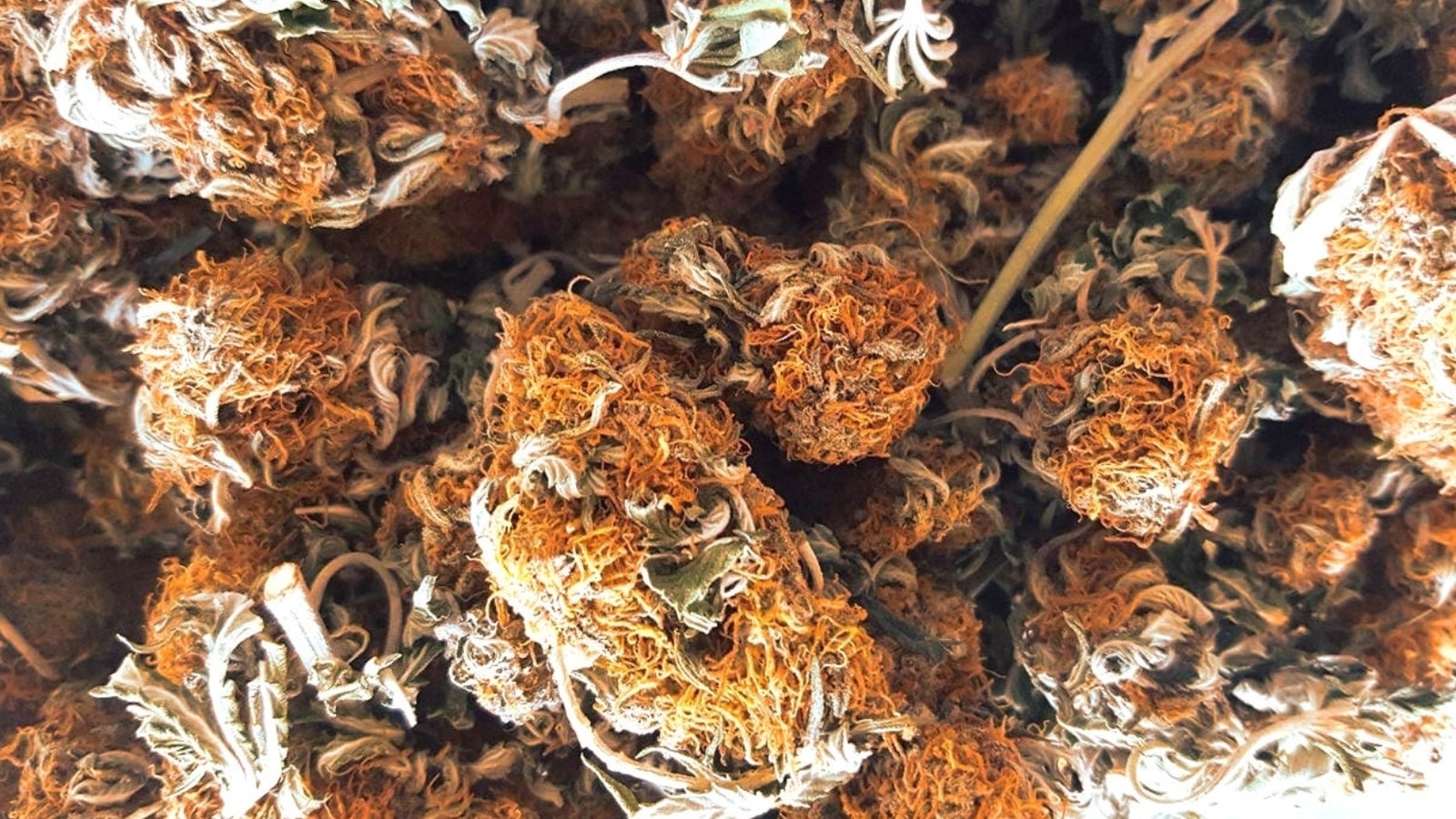
Since the 1980s, there has been evidence that PGRs can cause liver damage, infertility, and cancer when PGR agricultural products are consumed.
That’s not to say that PGRs are bad and should be outright banned, but they should not be used in plants that are going to be consumed or have their extracts used on humans.
For the legitimate cannabis cultivation industry, such as MEDIFARM’s cannabis facility in Queensland, they follow strict cultivation guidelines to make medical marijuana products safe for consumption.
You should not smoke, vape, eat, or drink any form of cannabis grown with PGRS due to their toxicity and harmful effects.
Do PGRs Get You More High?
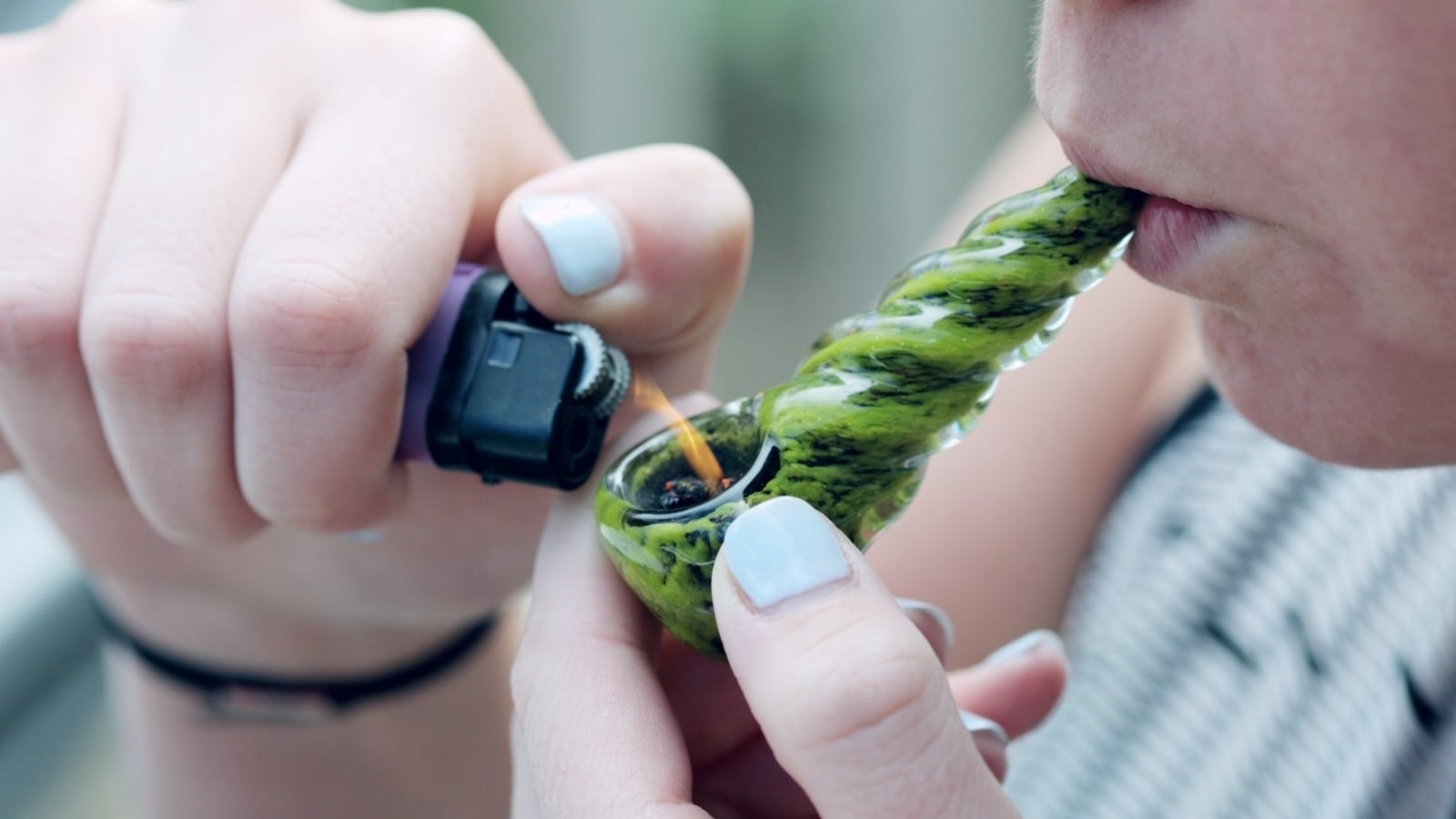
Now we know what PGR laced cannabis is, will it get you high, or is it as good as smoking oregano?
PGR weed does get you high, but it is not the same high as pure cannabis. PGR marijuana has an almost instant chemical high that can be addictive.
The effects of growing cannabis with PGR actually reduce the THC potency in the flowers, but this may go unnoticed as the chemical high can replace some of the THC high effects.
Higher THC content gets you higher, and any kind of chemical high that you get from PGR cannabis is not a healthy or natural one.
PGR Weed VS Natural Marijuana
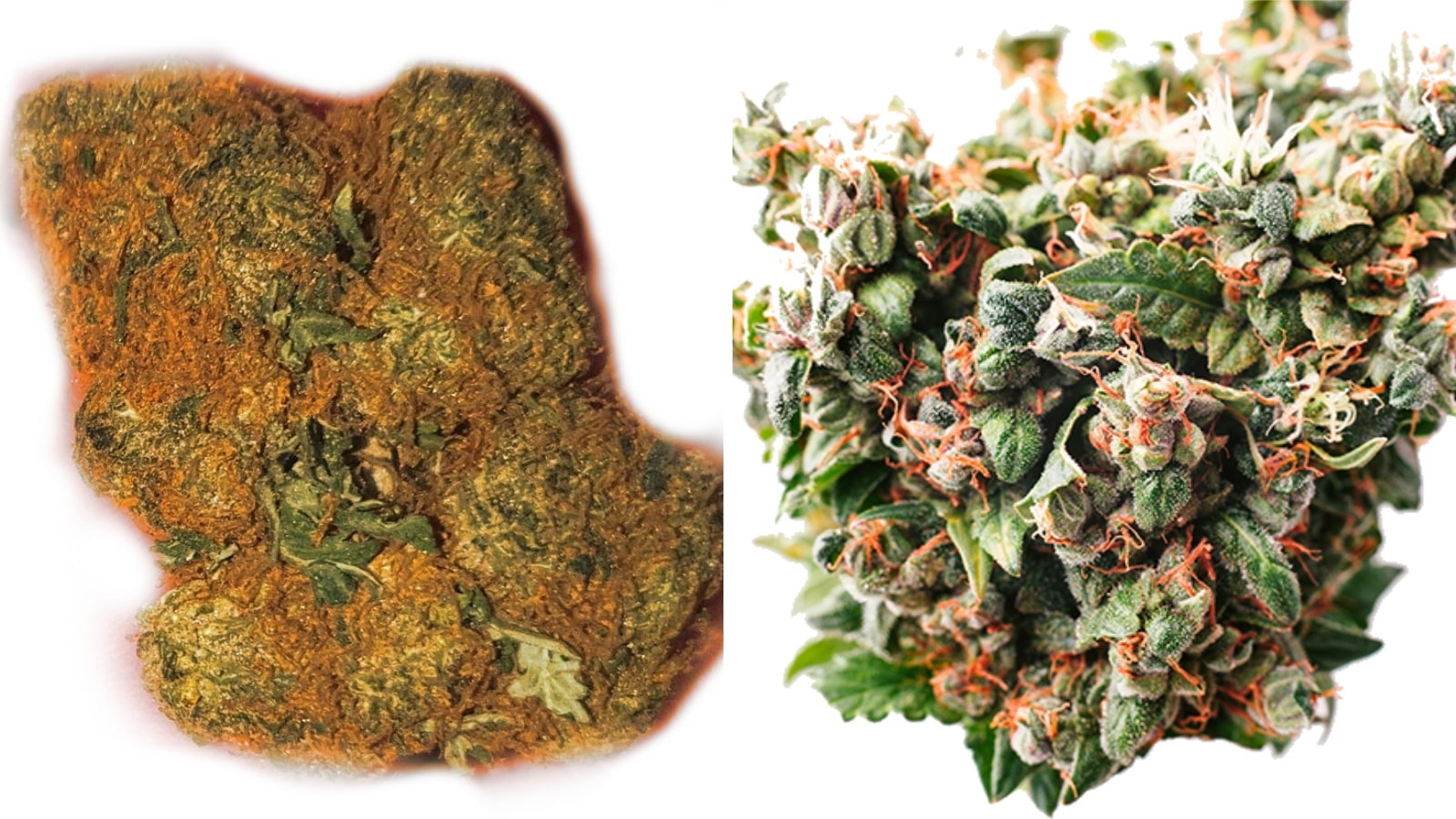
Naturally grown weed has high THC and CBD contents. They have a softer and fluffy feel to them and a strong “dank” smell emitting from the bud.
For natural or organic weed, you cannot use pesticides or plant growth regulators (PGR).
The high from this natural weed will have longer effects and more medicinal benefits than any PGR laced bud.
PGR weed has lower THC and CBD contents. They have a harder and more dense feel to them and emit little to no smell
They generally have a reddish-brown colour and minimal visible crystals. The high effects hit you hard with a chemical high that can lead to headaches soon after smoking or vaping.
When it comes to PGR weed vs natural marijuana, the latter wins every time. You will never find PGR weed in Europe or Canada, but unfortunately its everywhere in Australia as its cheap to produce.
The Five Groups Of PGRs
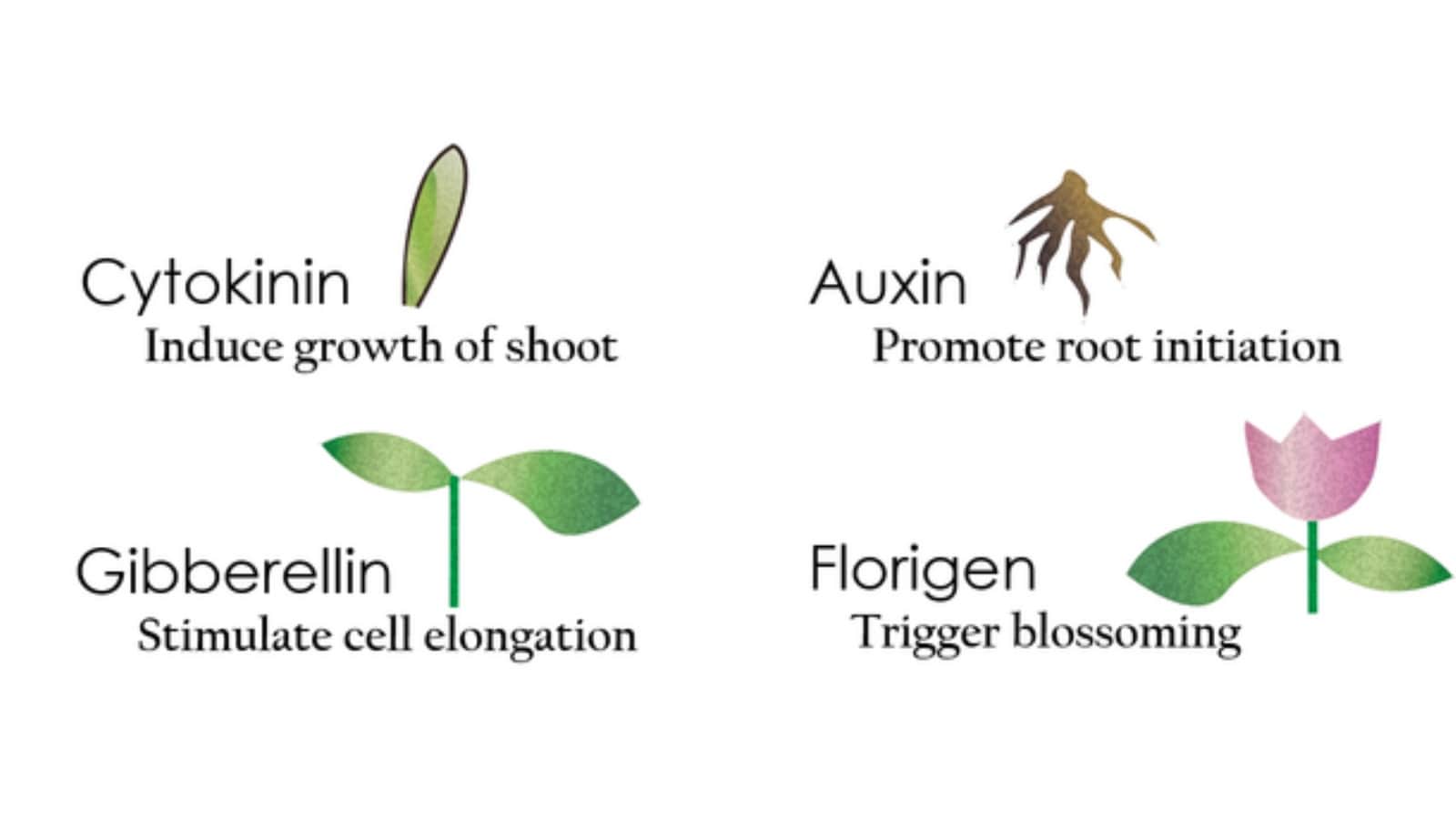
When it comes to PGRs, there are more than one kind that can be used to enhance the growing process of cannabis.
Each PGR type has a purpose and these include:
- speeding up the cannabis seed germination process
- growing shoots and roots
- triggering cannabis flowering
- extending the plant’s life
There are many more effects of PGRs the have targeted effects on the plants growth, ripening, and longevity.
The Research, Science & Evidence
The effects of different combinations of plant growth regulators when growing cannabis (PSU EDU).
Improving the frequency of plant regeneration in cannabis-using plant growth regulators..

James King
James is an experienced writer and legal cannabis advocate in Australia. He answers all the questions about business, legalisation and medicinal cannabis.
Disclaimer: Cannabis Place are not doctors and we recommend consulting health professionals for accurate information. This site may contain information regarding drugs. This content is designed for an 18+ audience. Click here for our full disclaimer

